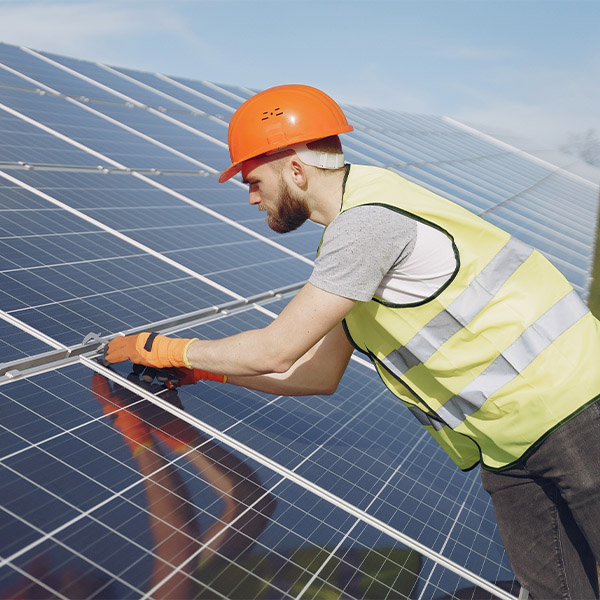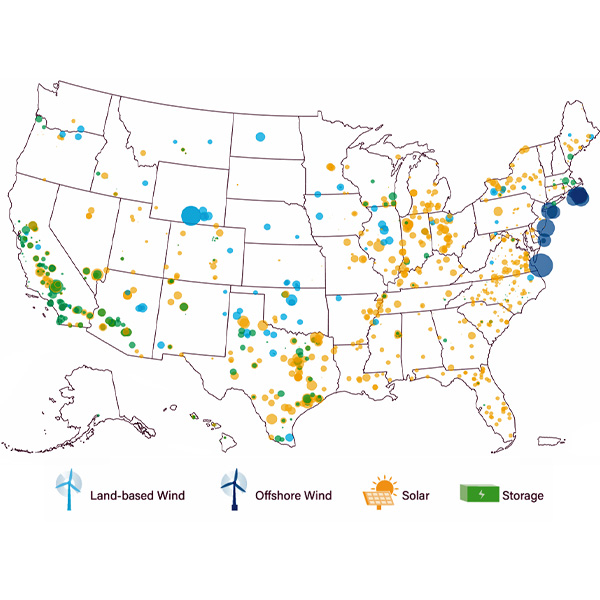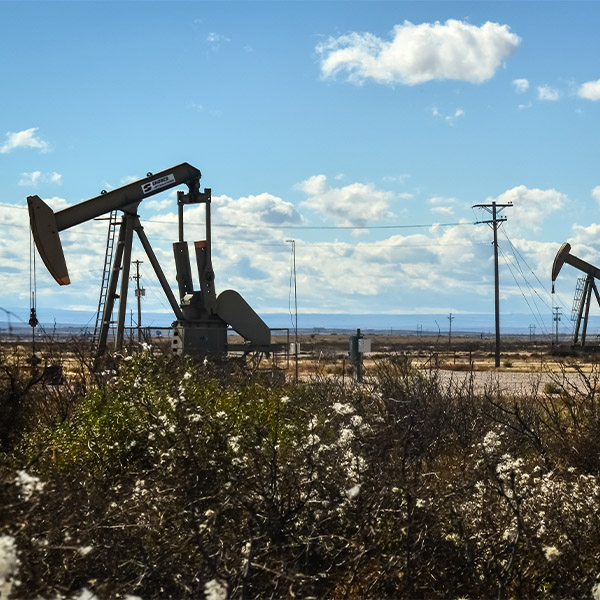Utility scale solar
New York has launched its eighth large-scale renewable energy solicitation, seeking proposals for land-based projects to help the state meet its emission-reduction goals.
Clean energy supporters argue the next New Jersey energy master plan should be an aggressive and broad embrace of electrification and generate enough money to help pay for clean energy projects and protect ratepayers.
Nearly 5.6 GW of new solar, wind and storage capacity was added in the United States in the first quarter of 2024, the American Clean Power Association reported.
Eversource announced plans to reduce its investments in Connecticut by about $500 million over the next five years because of the “negative regulatory environment” at the Public Utilities Regulatory Authority.
The New Jersey Board of Public Utilities approved eight solar projects in its second solicitation for grid-scale projects, nine months after declining to support any bids in the first solicitation due to cost.
The DOE issued a roadmap to speed interconnection of new clean energy generation projects to the grid and clear the backlog of proposed renewable energy projects waiting in the queue.
The federal government has finalized rules that will decrease the cost of siting renewable energy generation on public land and increase the cost of leasing it for oil and gas development.
The Wallula Gap project could also include an optional battery energy storage system not to exceed the nameplate capacity of the facility.
The Washington Post’s warning that “America is running out of power” lacks context and distracts us from the real work at hand, says columnist Steve Huntoon.
The U.S. could nearly quadruple solar capacity in the next 10 years, according to a SEIA report, while a ACP report shows that delays on clean energy projects have put more than 60 GW of clean power capacity on hold.
Want more? Advanced Search









